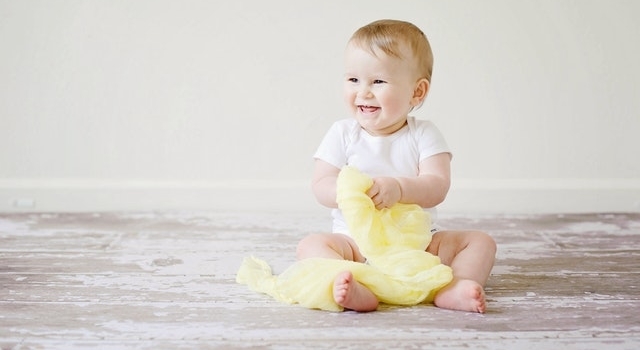Being a parent of a newborn is challenging. These 8 facts will help you recognize any serious changes to your baby’s eyes.
Your baby’s eyes develop rapidly as they grow in the first few months of life. Keeping a close watch on a baby’s eye health can help detect problems early on, which is vital to optimize any treatment.
Here are some important facts you should know, as well as a few possible eye problems that new parents should never overlook.
1. Smoking can harm an unborn child’s eyes
The risk of premature birth increases when a woman smokes during pregnancy, and preemies have a higher risk of permanent vision loss or blindness.
In addition, smoking during pregnancy increases the risk of bacterial meningitis in the newborn five-fold, which can result in significant vision loss.
2. Vision milestones for premature babies should be measured by their due date, not their birth date
At each visit, your pediatrician should check your baby’s vision to ensure that it is developing normally.
To track if your preemie is meeting their developmental milestones, it is recommended that parents adjust their baby’s age and use the due date and not the actual birth date, to get a true sense of where their baby should be in their development.
3. A baby can only focus at 1 foot away
A newborn baby can only clearly see objects and people from 12-14 inches (30 to 35 cm) away, as this allows them to recognize their parents while feeding and their source of food.
Throughout the first few months and years, the connections between the retina and the brain are still forming. As a baby’s vision develops, they can focus more clearly on objects directly in front of them.
SEE RELATED: Do Children Outgrow Their Vision Problems?
Schedule an eye exam with an eye doctor near you who can detect and manage any eye problems your baby may have.
4. A baby’s eyes may appear to be ‘crossed’
It’s common for an infant’s eyes to appear crossed or drift out to the sides during the first two months of life. This might not necessarily mean they have a permanent eye turn.
Over the next few months, the eyes should learn to work together as a team to follow a moving object, as their visual and body coordination improves.
However, consult your pediatrician if your baby’s eyes remain crossed by the age of 3 months.
5. Babies can see in 3D by 5 months
As the eyes learn to work in unison, your baby will learn to judge distances more accurately and appreciate seeing in three dimensions.
Babies will strive to reach for objects at this age because they can determine how far away an object is and enjoy learning to perceive depth.
6. Eye color will change until 9 months of age
Most babies are born with blue colored eyes, but this might not be their final color.
The amount and distribution of a brown pigment called melanin in the iris determines eye color, and most babies are born with little melanin.
If melanin levels develop, light-colored eyes may darken. However, further changes in eye color are not unusual during the first three years of life.
7. Watch for eye turn
Pay attention to your child’s eye alignment, and that there are no signs of an eye turn.
If one eye looks straight ahead while the other eye turns upward, downward, inward or outward – this could be an indication of strabismus, also known as an eye turn, wall-eye or squint.
Eye turns affect over 4% of children. Eye turns can be successfully treated if detected early, especially in the first few months of your child’s life.
8. Vaccinations are essential
Viral infections have a variety of serious effects on a baby’s eyes and vision.
Measles is a leading cause of childhood blindness, this virus can cause major eye health problems including conjunctivitis, keratitis, corneal scarring, retinopathy, optic neuritis and blindness.
It’s crucial to get your child vaccinated since new infections and viruses arise all over the world. Some cases of measles are fatal, especially in babies.
LEARN MORE: Guide to Children’s Eye Exams
Schedule an eye exam with an eye doctor near you who can detect and manage any eye problems your baby may have.
A child’s physical development, academic performance, and overall well-being are all largely dependent on their vision.
Don’t forget to get your child’s eyes checked on a regular basis. A comprehensive eye exam is critical for early detection and correction of eye problems.


